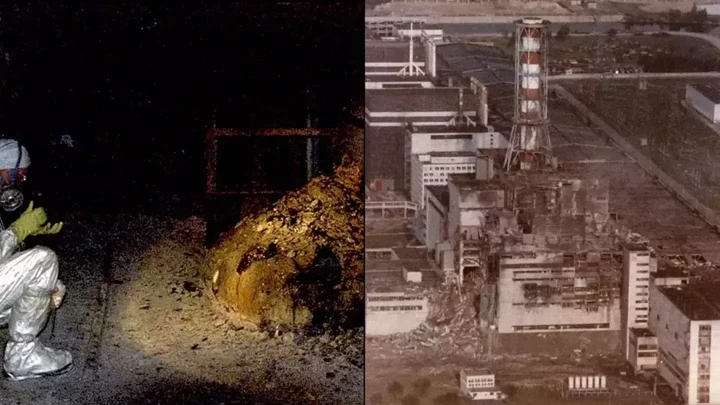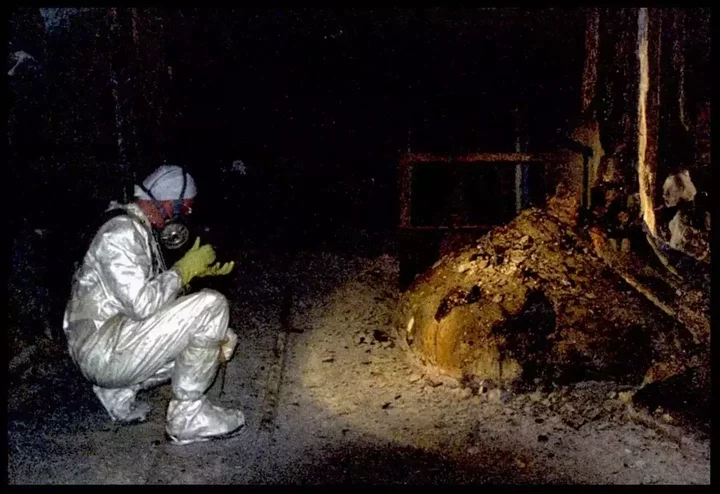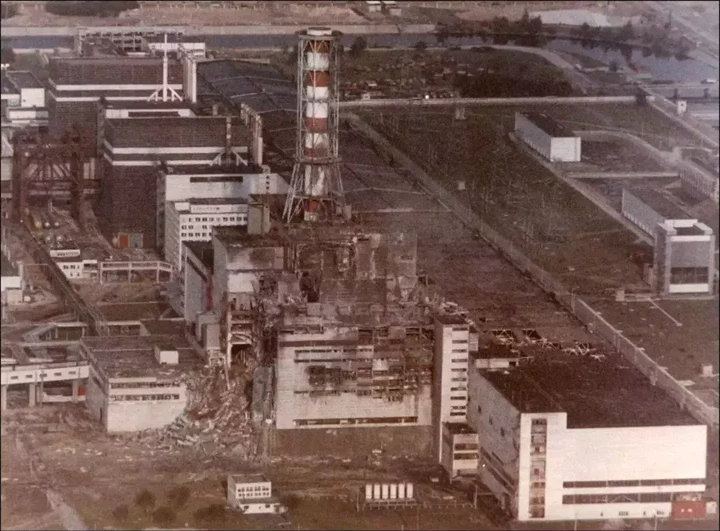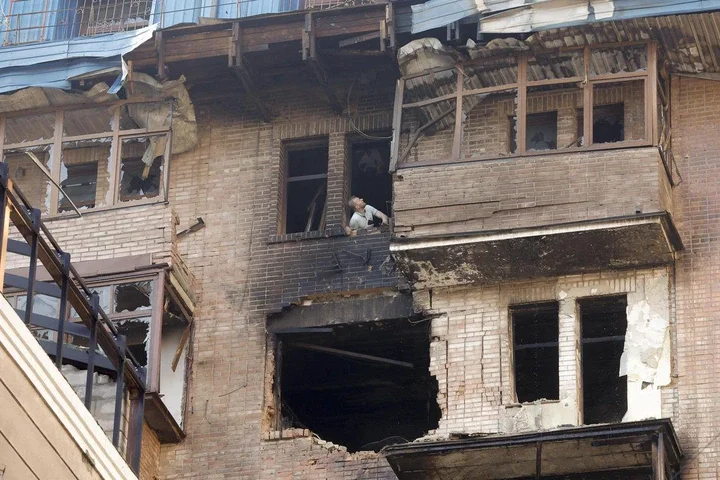You won't know what it is, but you can hazard a guess where it's from

The most dangerous object in the world can kill you off in two days if you spend just five minutes near it.
All it takes is 30 seconds of exposure and you've pretty much had it.
And just to prove how powerful this thing is, just half a minute with the object - dubbed the 'Elephant's Foot' - will cause intense fatigue and dizziness. And after two minutes, your cells will haemorrhage, causing vomiting, diarrhoea and fever.
Though 300 seconds later, you'll have just two days to live.
So, the Elephant's Foot is basically a mass of highly radioactive material located in the Chernobyl Nuclear Power Plant in Pripyat, Ukraine.
It was formed during the 1986 explosion of Reactor Number Four and it consists of corium, a mix of nuclear fuel, melted concrete, and metal.
In case you're wondering, the Elephant's Foot got its name from its appearance, with it resembling an actual elephant's foot.
When it was first formed, the nuclear waste was so radioactive that just being near it for just minutes would cause lethal radiation exposure.

Although radiation levels have decreased over the almost four decades since the disaster happened, it still remains dangerously radioactive.
The Elephant's Foot is still said to be one of the most hazardous pieces of waste from the meltdown.
Despite cooling over the decades. the mass continues to emit heat and serves as a horrifying reminder of the long-lasting impact of Chernobyl.
31 people, primarily plant workers and emergency responders, died from acute radiation sickness and injuries.
But it was the long-term effects of radiation exposure that caused many more deaths.
Even though the total number of fatalities remain unclear, the World Health Organisation suggests that up to 4,000 died from radiation-related cancer.

University of California San Francisco's Lydia Zablotska, who grew up in Ukraine and trained as physician in Belarus, has looked into the long-term health impacts of radiation exposure on the Chernobyl workers.
She told UCSF: "The first responders, including firefighters and nuclear workers who tried to put out the multiple fires and prevent the explosion of other reactors at the nuclear power plant, were exposed to large doses of gamma radiation.
"Gamma radiation originates during the decay of radioactive isotopes of uranium or plutonium used as a nuclear fuel in nuclear power plants.
"As a result of decay, packets of electromagnetic radiation, which consist of high-energy photons, are emitted and could penetrate body tissues and cause damage to cells and their genetic material.
"Subsequently, DNA mutations could lead to the development of cancer."

















Comments